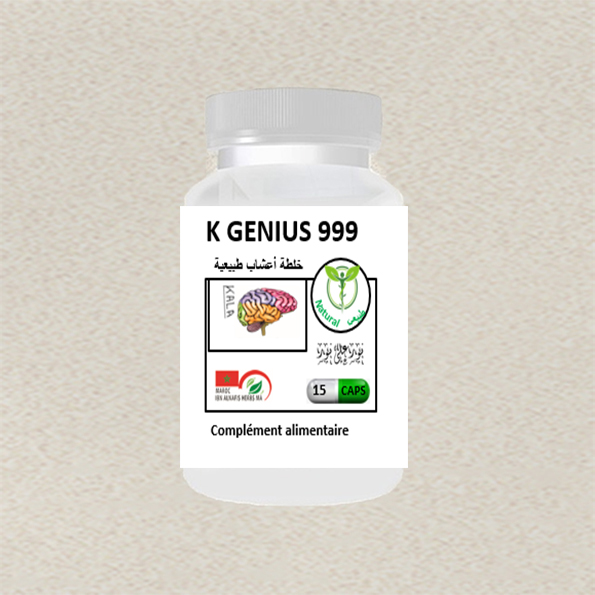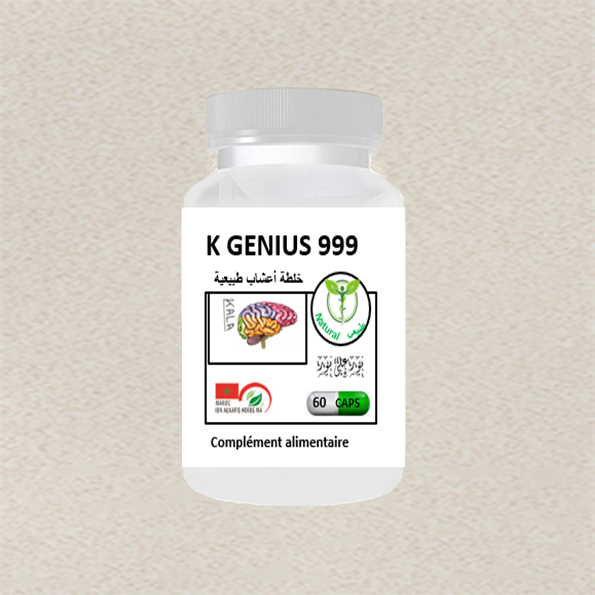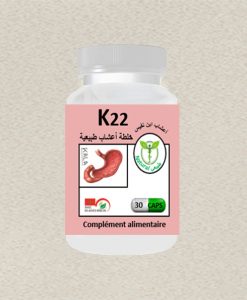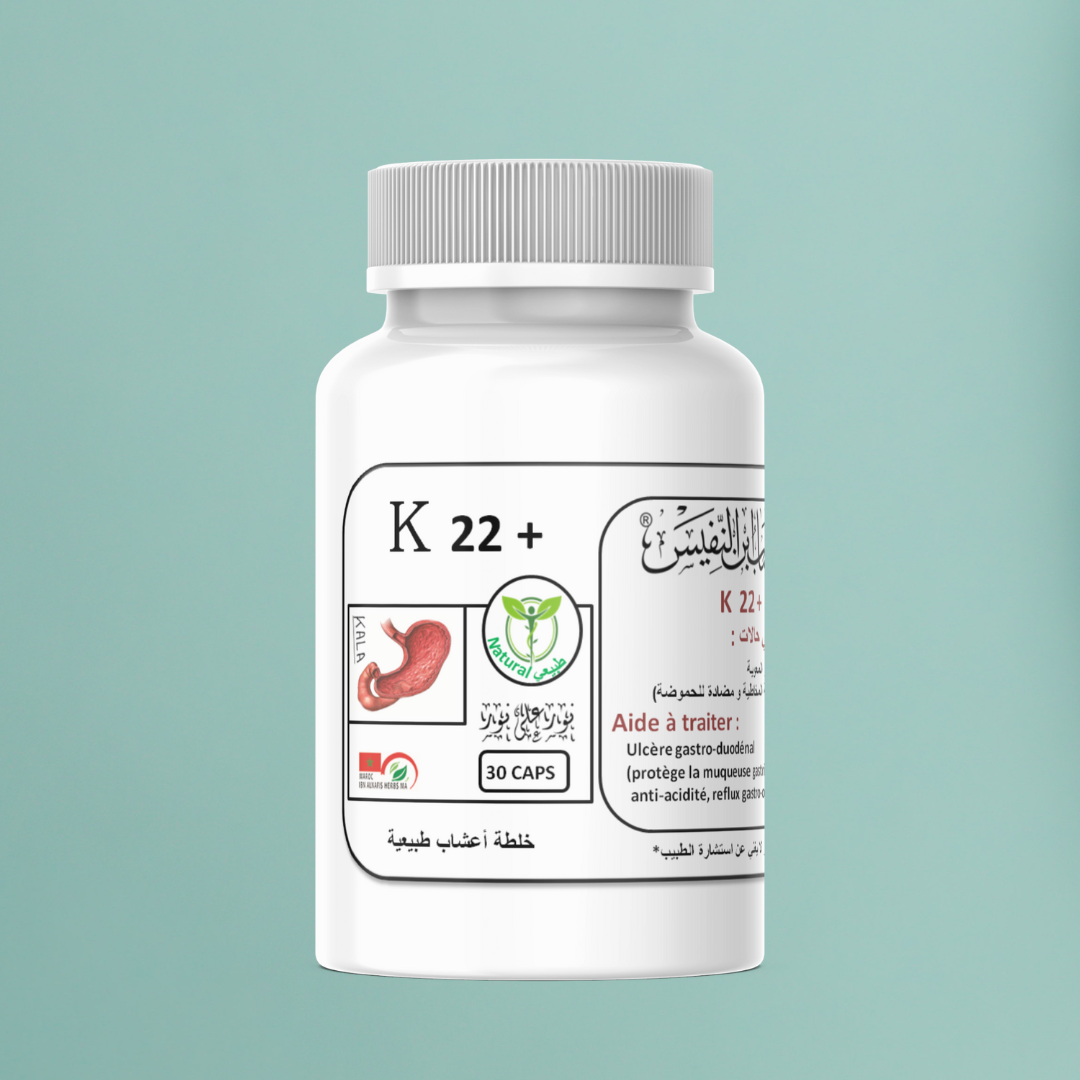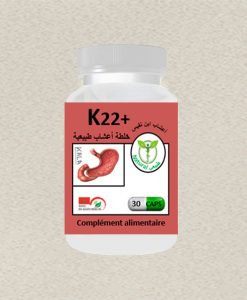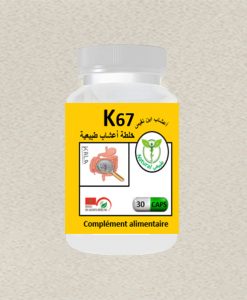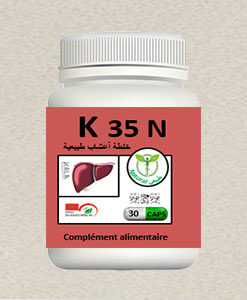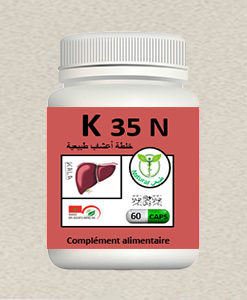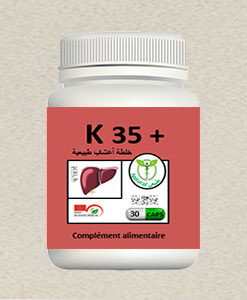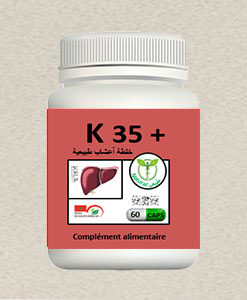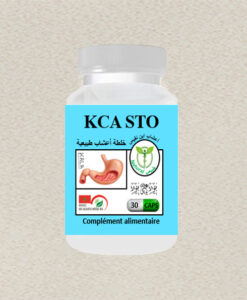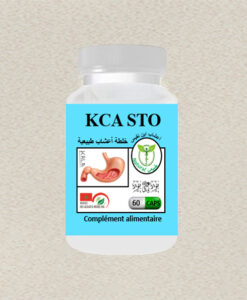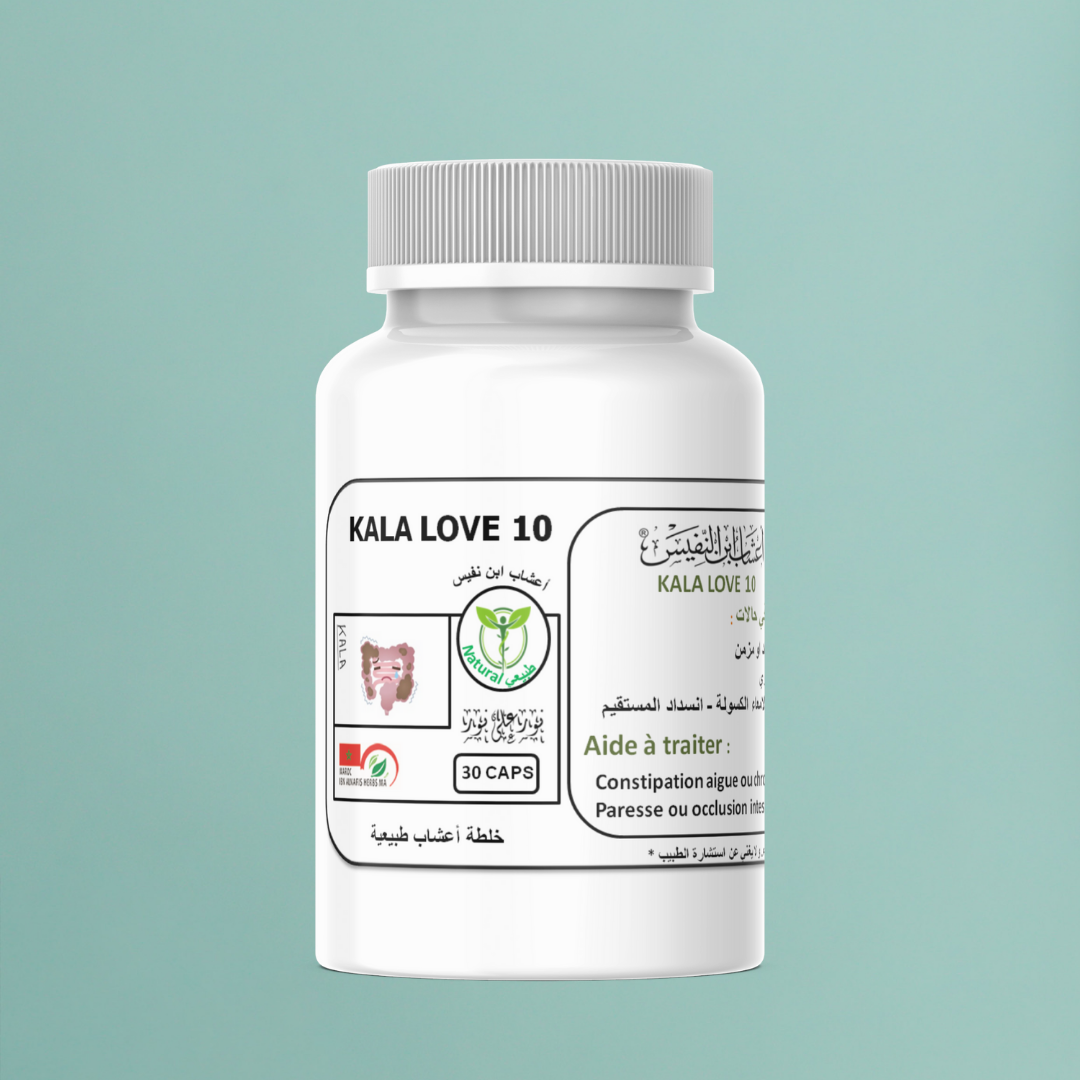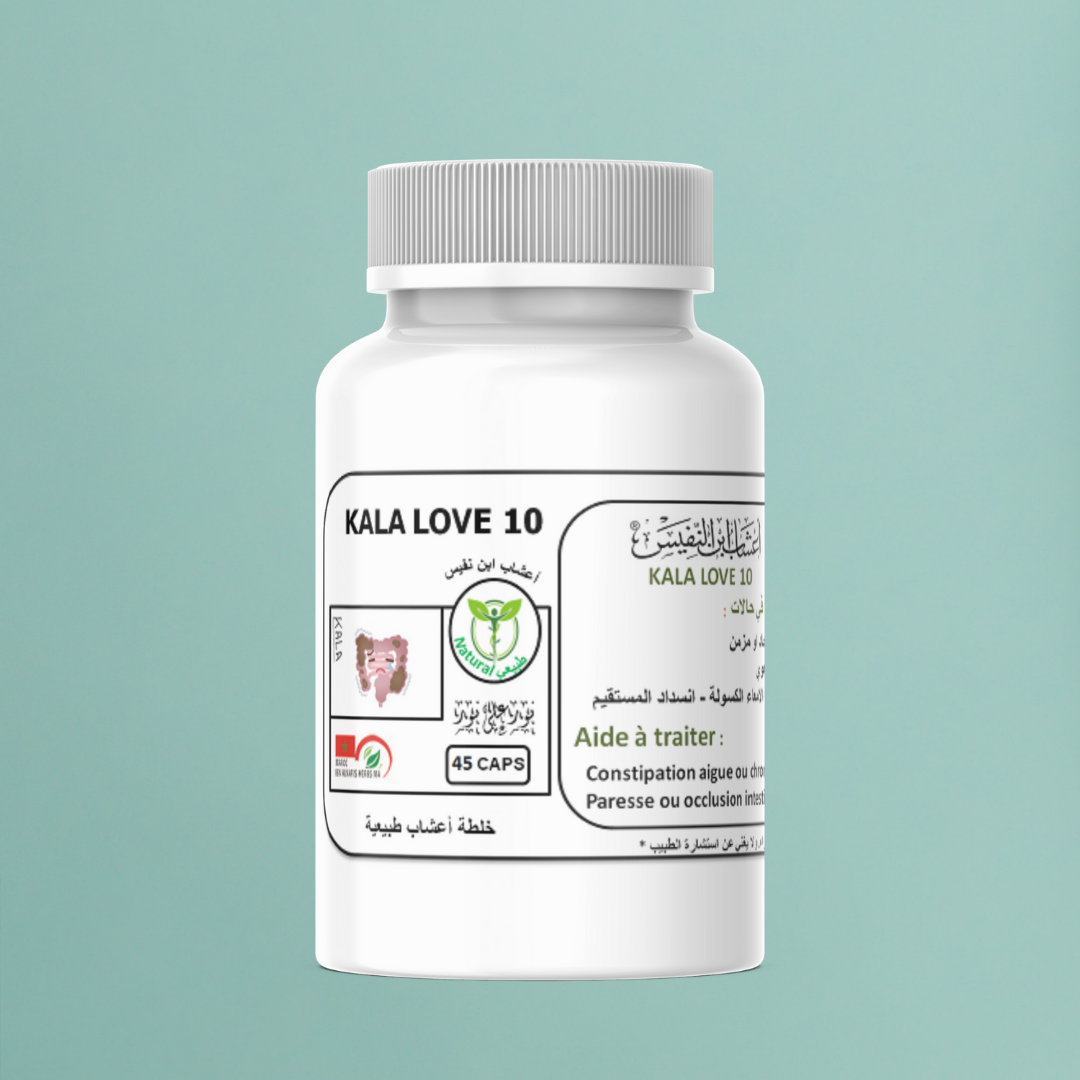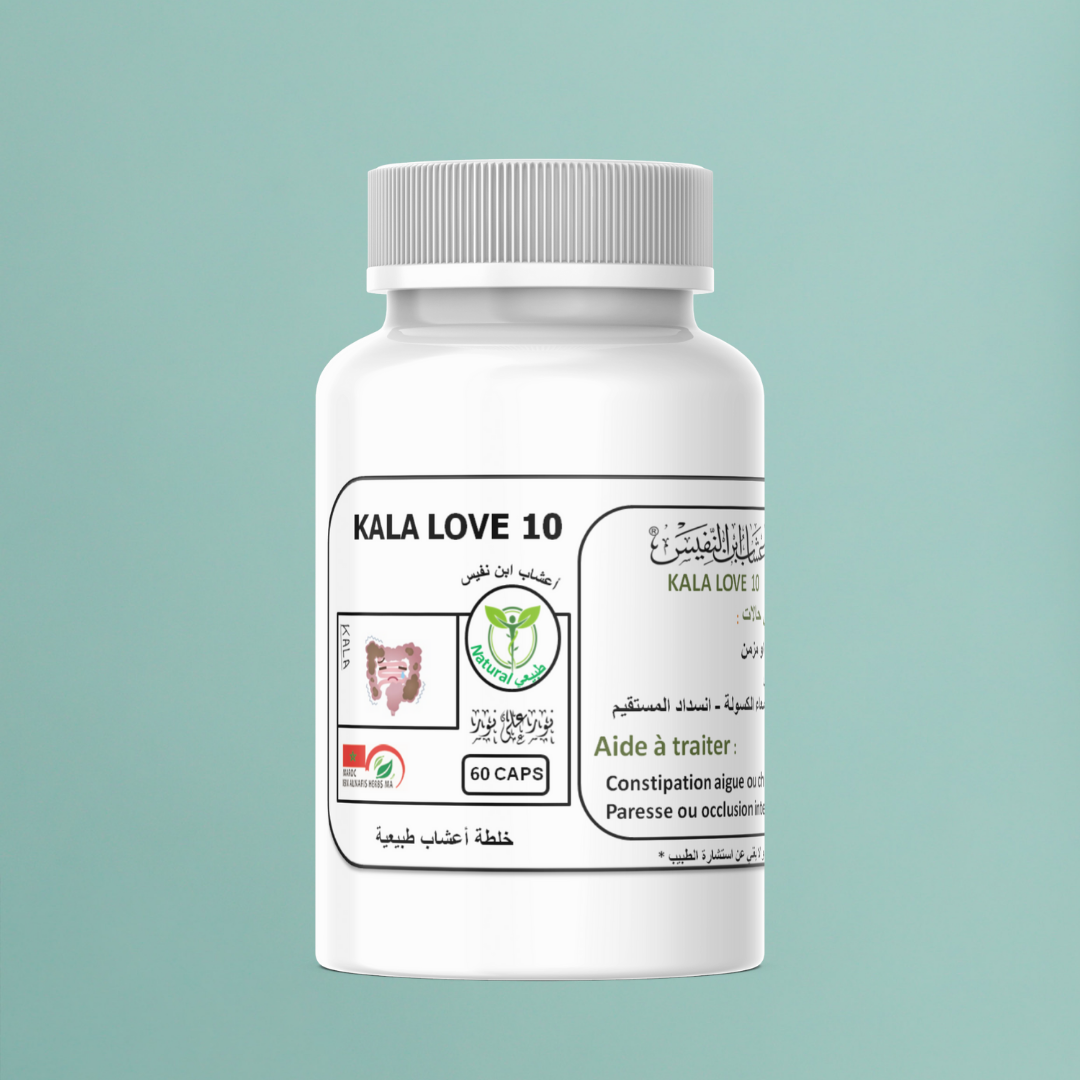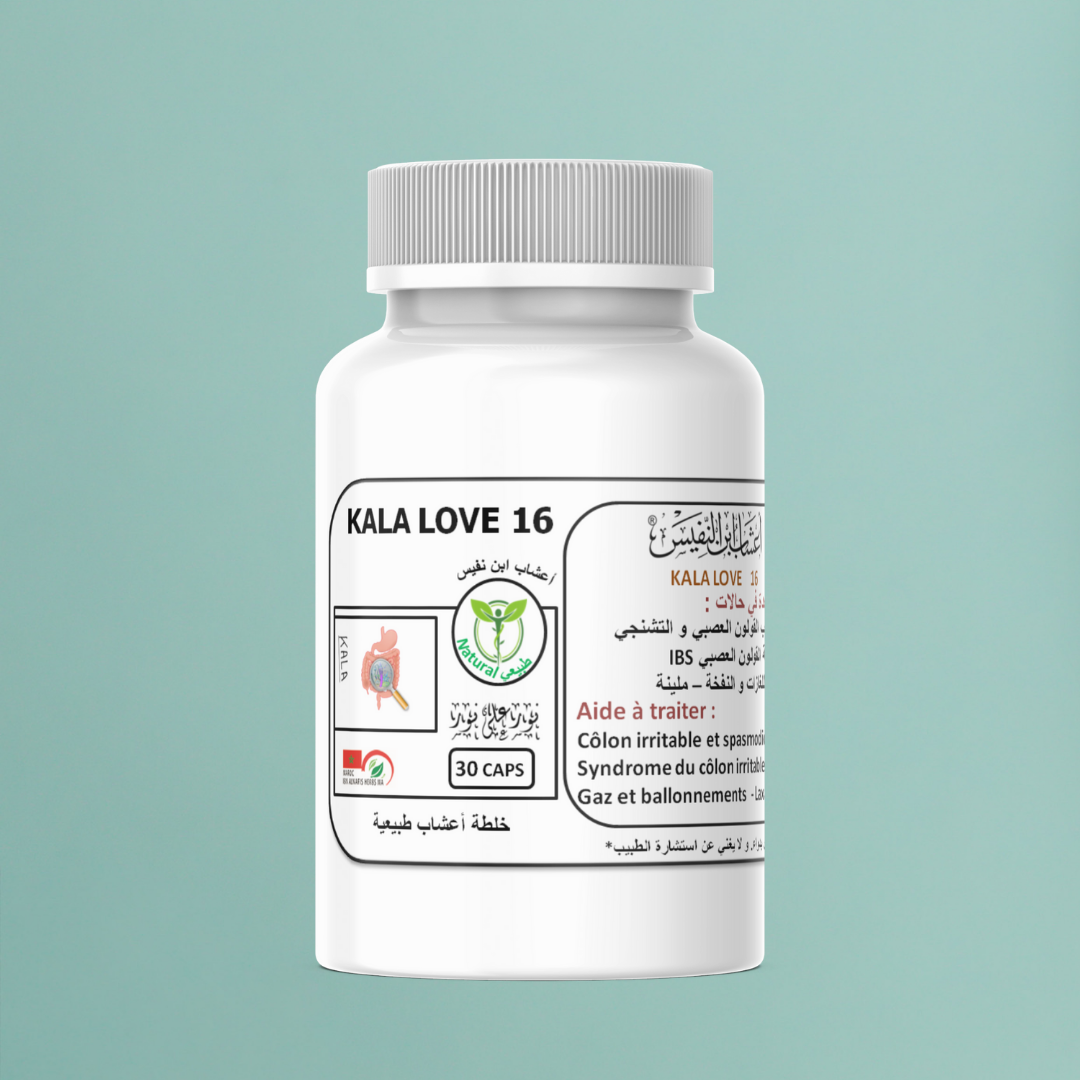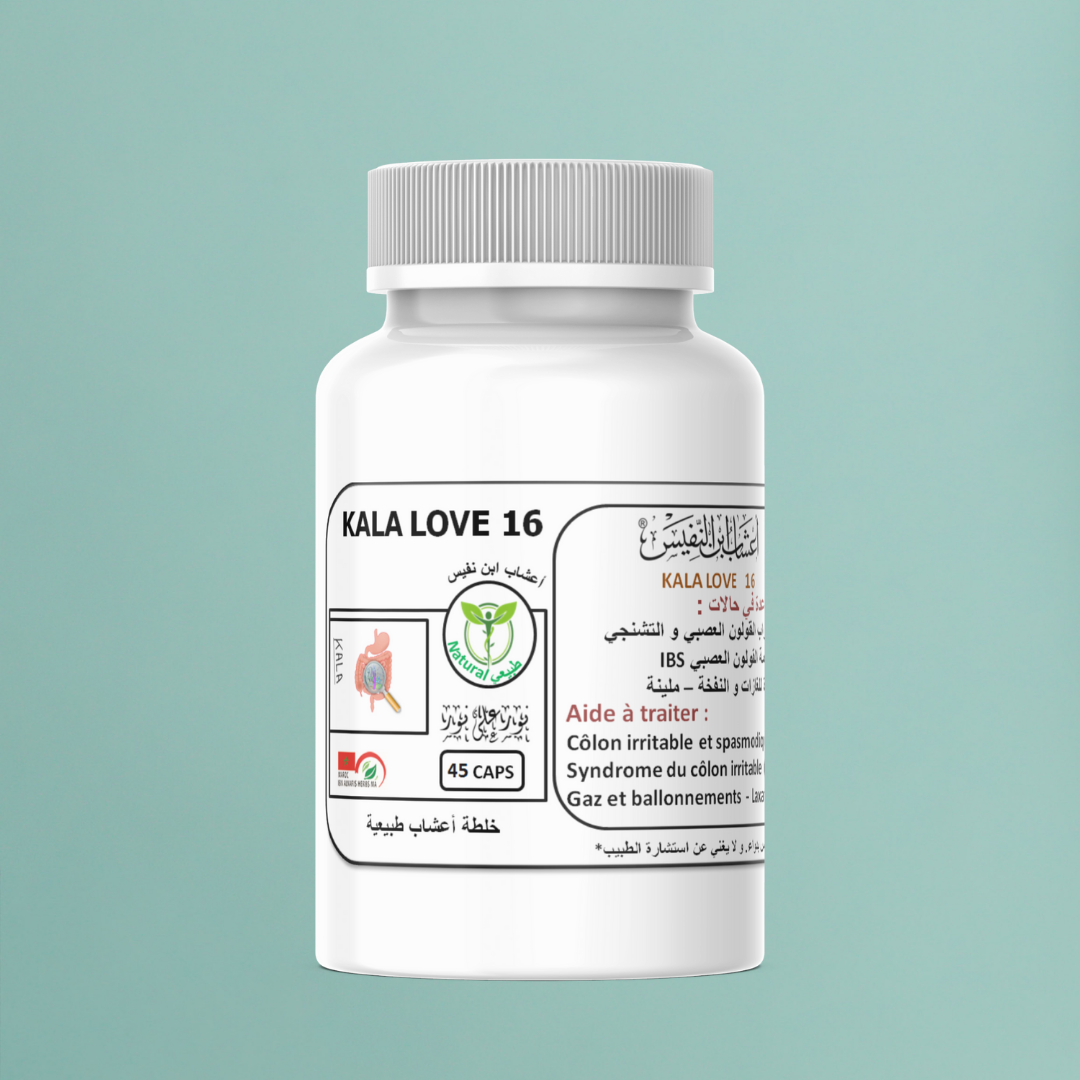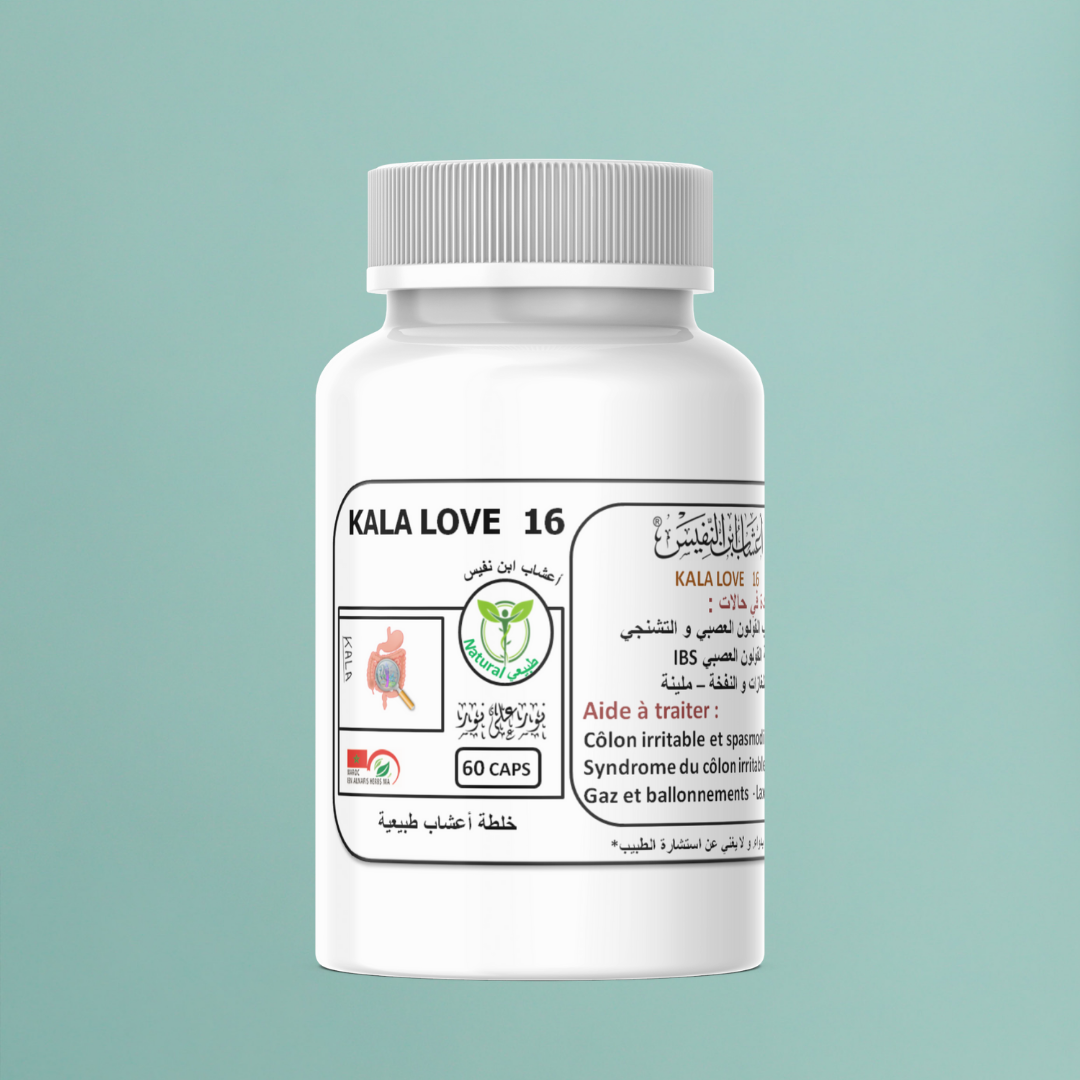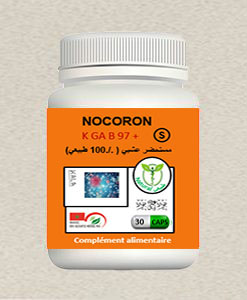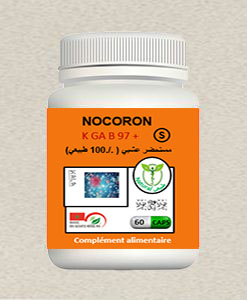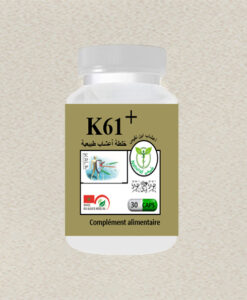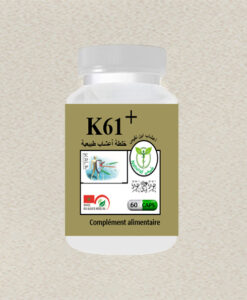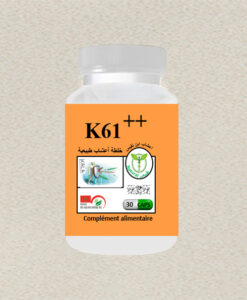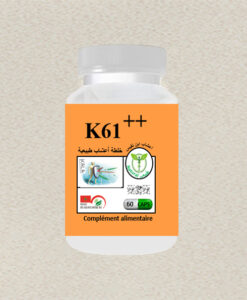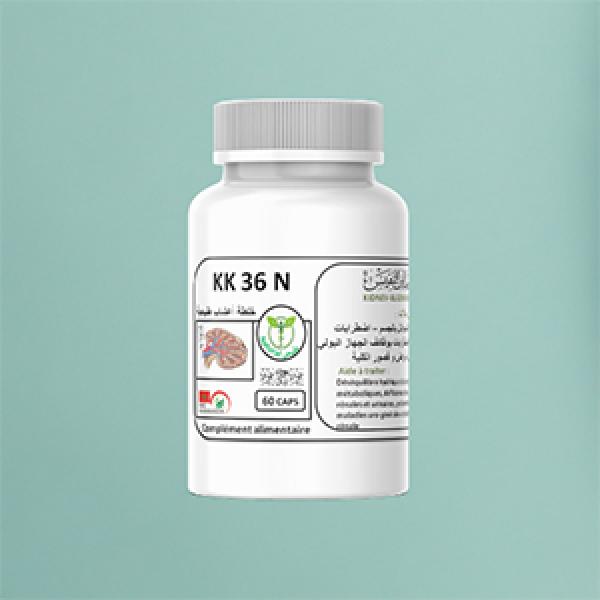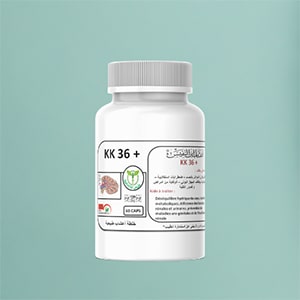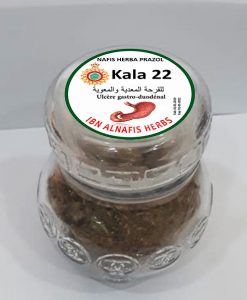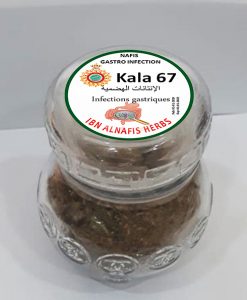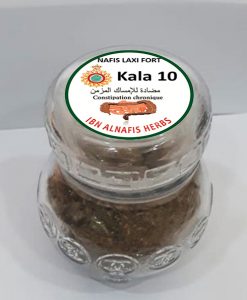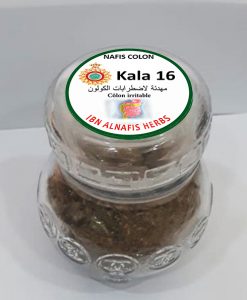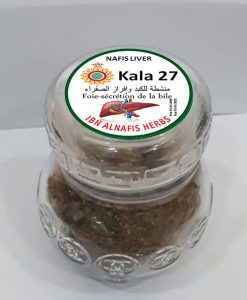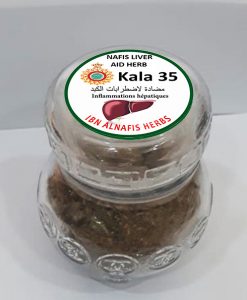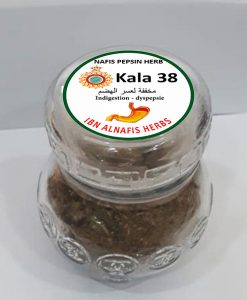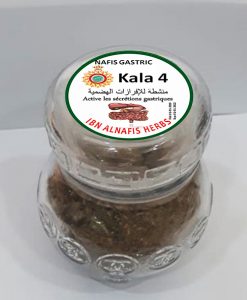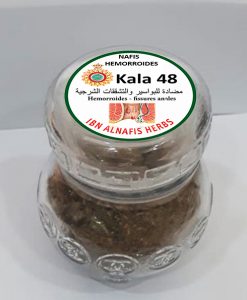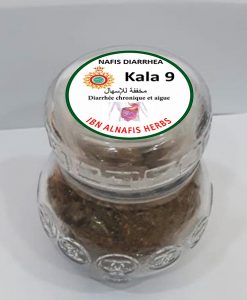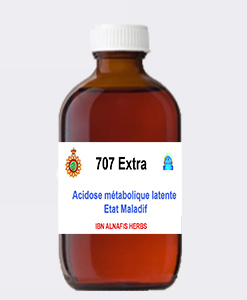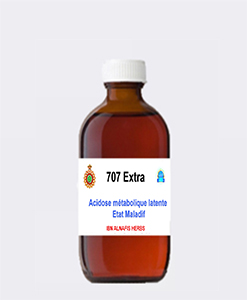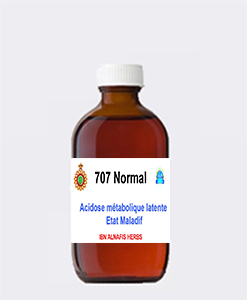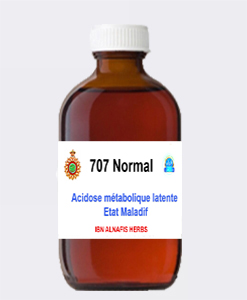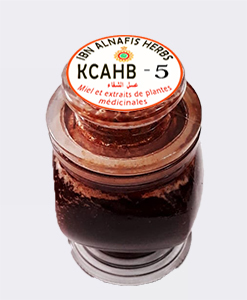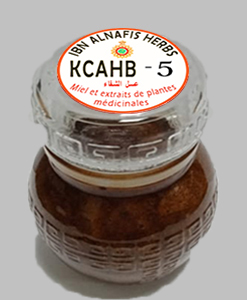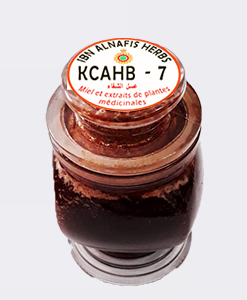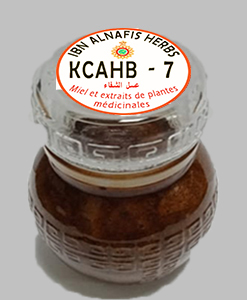Gastric and hepatobiliary diseases
The constitution, repair and control of the various systems of the body require raw materials which are food.
The digestive system is responsible for their transformation and degradation into proteins, carbohydrates, mineral salts, trace elements and lipids. It allows their passage into the bloodstream into nutrients useful for various vital functions.
Food undergoes degradation in the mouth with the help of saliva from the salivary glands, then swallowed it reaches the stomach thanks to the peristaltic movements of the esophagus.
In the stomach, the gastric glands secrete hydrochloric acid, digestive enzymes such as pepsin, chymosin and lipase to allow food digestion. Bile, digestive juices and meteolytic enzymes are secreted by the gallbladder, the pancreas and the liver also participate in digestion.
In the absence of food, the stomach contracts by forming gastric folds in response to a decrease in blood glucose.
The chyme that crosses the sphincter or pylorus reaches the small intestine, which is more than 16 m long. The multiple convolutions of the intestine absorb the nutrients that will pass into the general circulation in the form of proteins and carbohydrates; millions of villi present on the internal wall of the intestines absorb them and transmit them to the liver for their metabolic transformation. Semi-liquid foods pass to the large intestine, which reabsorbs the water they contain; the rest is propelled towards the rectum and anus.
There are many diseases of the digestive tract, benign, chronic or malignant, ranging from functional disorders, gastric reflux, pathological esophagus, ulcers, irritable colon to autoimmune diseases and cancers.
Chemical drugs that correct disorders often have annoying side effects.
Please contact us for any information, explanation or advice about our products.
Get information and consultationgg


